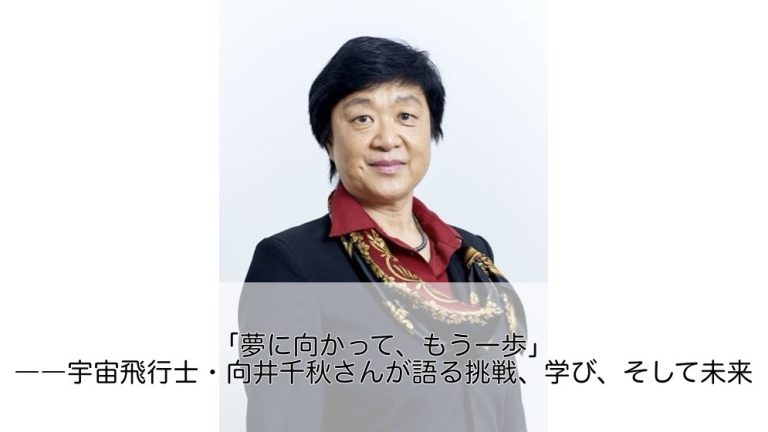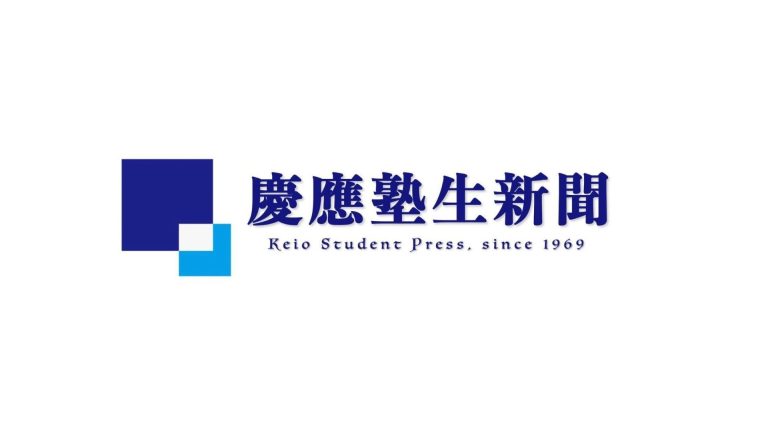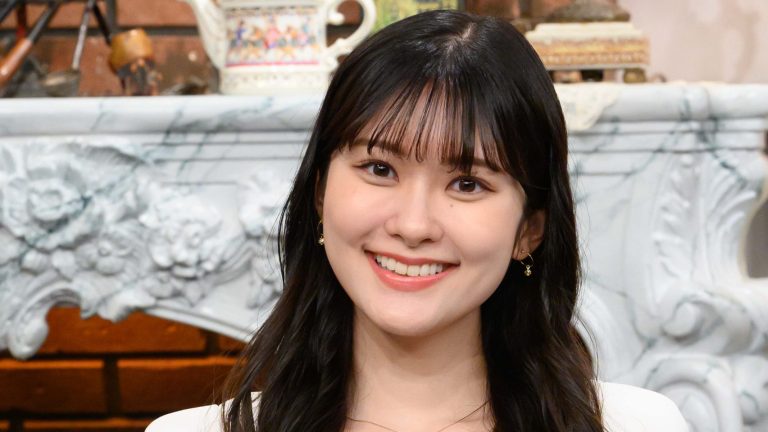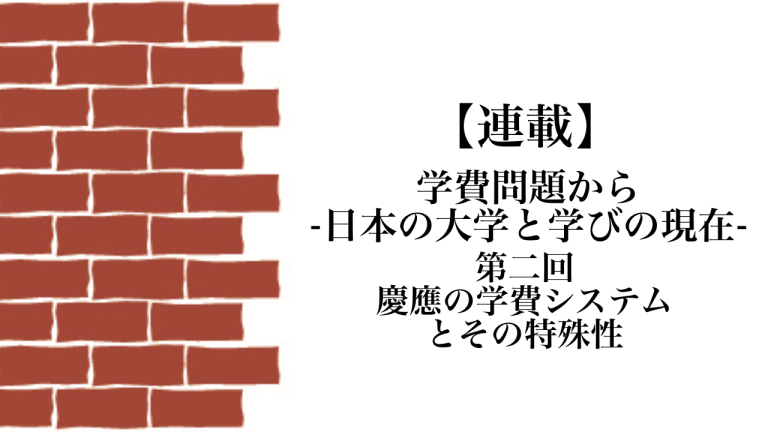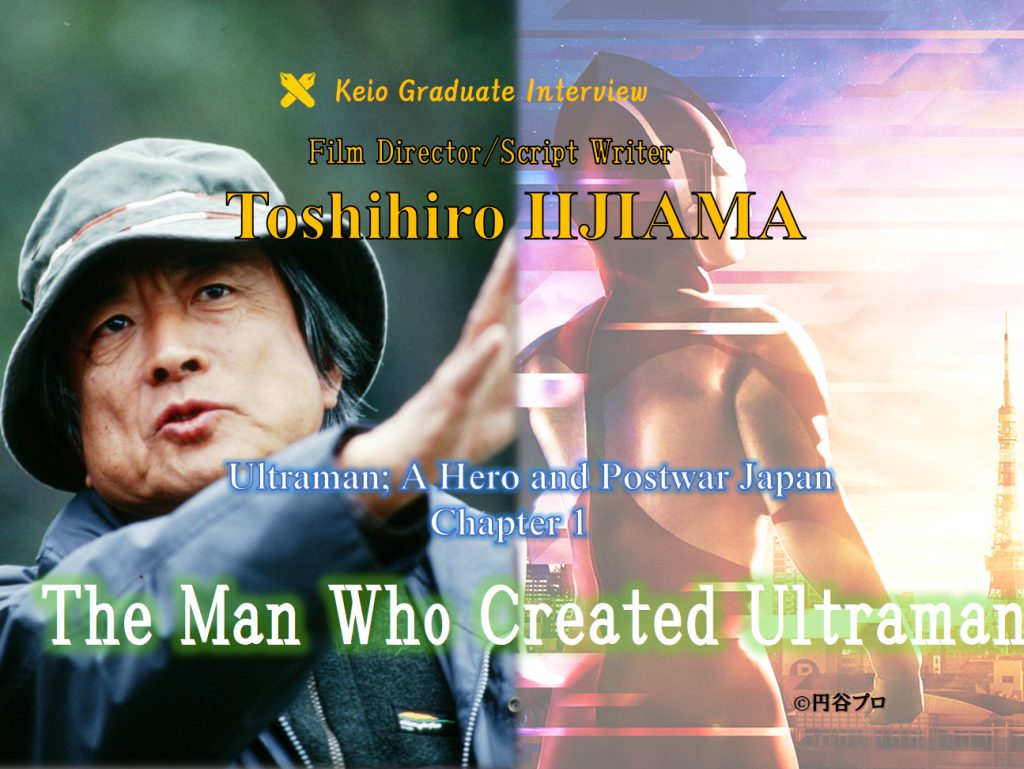
It was an era in which a whole society was dominated by unified values, and even education could be a means of control by the leaders. “We lived in such an era. We had literally no way to live a free life. I strongly believe that we must pass those facts down to future generations.”
Iijima insists that a more democratic education is important, with freedom of choice for the students. “Even today, what I learned, saw, and felt in those days are still traumatic. Education shapes the person. It permeates every single child. Freedom of education must be protected by all means.”
That is why Iijima put such strong messages into the Ultraman series that a number of children watched. “Although Ultraman was mainly created for school children, all of the directors – myself included – wanted to make it more than just a childish program tracing simple “hero vs evil” stories.” Instead, they tried to make it more profound.
“Excessive economic activity causes the war. Kaiju are not monsters. In a sense, distorted excessive economic activity showed itself in an undesired way. That is the concept of Kaiju.”
Perspectives on various social issues at the time, such as pollution and the Cold War, brought the story to life.
“At that time, under the command of’ Nippon Retto Kaizo-Ron (Building a New Japan), the destruction of nature had been going on at a rapid rate. When I commuted to Tsuburaya’s studio, where we filmed Ultraman, I saw detergent foams covering the surface of Tamagawa River. There were visible pollutions.”
“It was inevitable that Ultraman became more than just a show for children, because of the situation of Japanese society at the time.” Iijima analyzes.
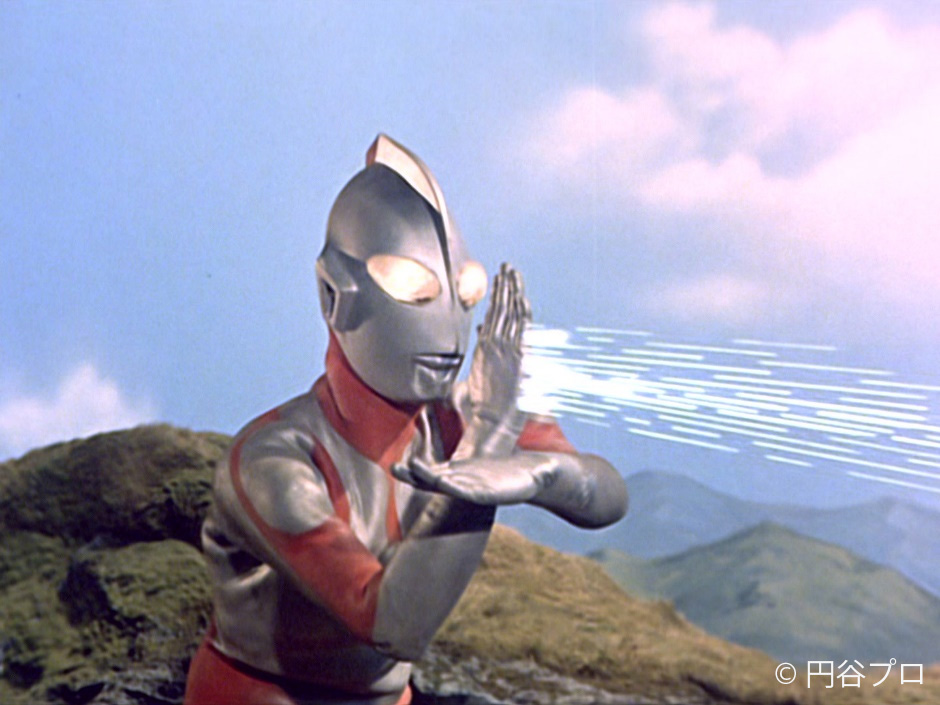
A typical example is the Baltan Seijin (Alien Baltan) who appears in Ultraman, the most well-known and popular protagonist of the entire series, a favorite kaiju of Oscar winner Guillermo del Toro’s. That is Iijima’s masterpiece.
Baltan Seijin are alien refugees who destroyed their own planet in a nuclear experiment. The 2 billion survivors tried to emigrate to Earth. Iijima regards them as an “Alternative future of our civilization” and pays attention to the fact that their existence can still be suggestive after 55 years from their first appearance.
“Nuclear issues and environmental destruction are still going on today. We can never control nuclear powers. Radioactive wastes remain for tens of thousands of years. It is such an irresponsible idea to pass them on to future generations. For the environmental destruction, I’d like people to think about things from more points of views, not just whether they are convenient for humans. The earth is not just for humans. Small insects in your garden live their lives, too. We should never be conceited. We need the science of “coexistence” now more than ever.”
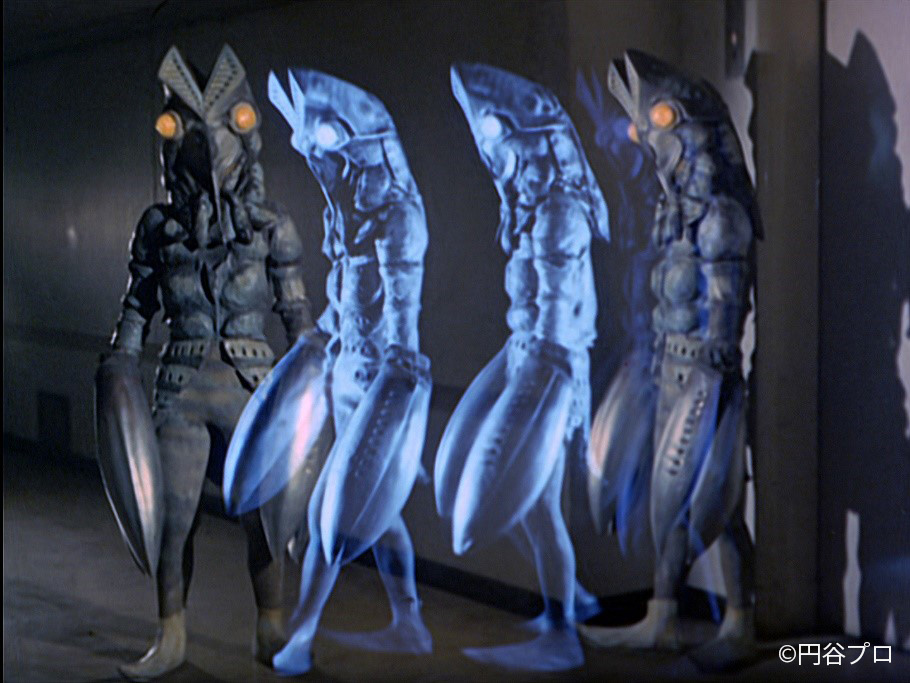
Iijima is currently writing a novel featuring his postwar days in Japan. He hopes that it will resonate with the younger generations, who have anxiety about the future due to the current pandemic and unstable situations in society. “Only if my experience in a jam right after Japan’s loss, could be some hint for the young” he believes.
He also cares about young talents in today’s Keio.
“If everyone thinks about the world thoroughly, and has their own philosophies, there will be no war full of contradictions. If the freedom of speech were restricted, and a whole society believed only one way to go, such society would definitely collapse like that of Imperial Japan. The future opens up when everyone talks about their ideas freely. I hope Keio University will always be at the forefront of that process.”
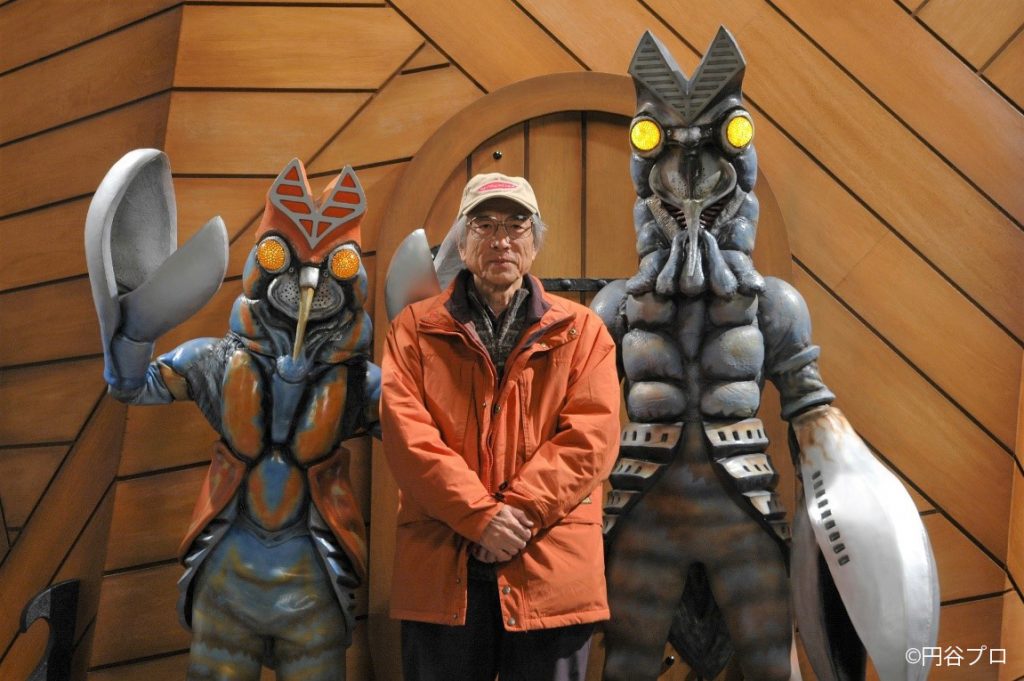
All the images in the article, containing Ultraman or Kaiju are registered as trade marks by Tsuburaya Production, and you cannot use them without their permission.
Ultraman Official YouTube Channel
→ https://www.youtube.com/channel/UC5PBnSG7C0WXp5gjd4bzKtw

